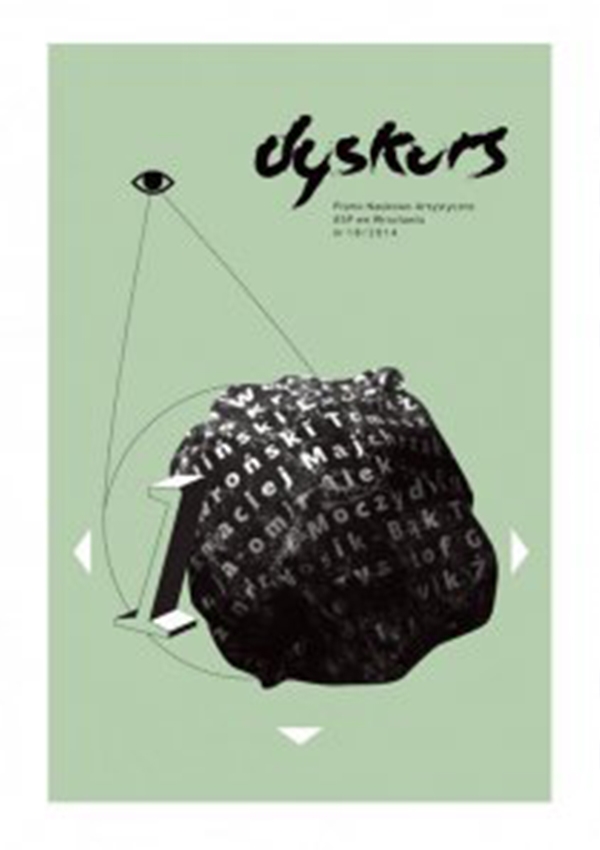Piechur linii. Twórczość Wacława Szpakowskiego na tle abstrakcji geometrycznej w sztuce XX wieku
Abstrakt
A walker of a line. Waclav Szpakowski and geometric art of the twentieth century
Getulio Alviani considered drawings by Vaclav Szpakowski as ‘timeless’. Szpakowski did not follow any dominant artistic trends; he worked alone, therefore we should not ask about the sources of his art, but only about the contexts which contribute to our understanding the artist. In addition to drawing, Szpakowski was interested in photography. His self-portraits are particularly important because he preceded similar experiments by M. Duchamp and S. I. Witkiewicz. Also, he photographed architectural motifs houses, churches, bridges, etc.. His work as photographer was not a part of his job although he studied architecture. Using photographic camera and drawing, he analyzed different types of organizing elements. In photographs and sketches, he found rhythmic patterns. He concentrated on those line-patterns and rhythms. Szpakowski’s artistic evolution was therefore fully independent. Its results are often ahead of some artistic trends emerging in the art of the twentieth century e.g. pop-art connected with rhythmic lines from the mid-1960’s. Nonetheless, there are significant differences between Szpakowski and other artists who followed the idea. While pop-artists assumed free and unpredictable movement of an on-looker’s eye, Szpakowski wanted on-lookers to follow the lines his daughter emphasizes that fact in her published memoir. Just like did W. Kandinski and P. Klee, Szpakowski believed that line was the trace left by a moving point, and he wanted on-lookers to follow the movement. His lines were different in different drawings, but they never led to a labyrinth. The artists always showed the exit. This problem is considered in the article in reference to the works by other artists of the twentieth century who were interested in labyrinths. Szpakowski considered the ‘marching’ by on-lookers on the trail as discovering ‘inner content’ of his artwork. Also, he believed that on-lookers could assume a holistic approach that allow them to capture the visual harmony of linear systems. This way of looking can be compared based on the metaphor used in the title of this paper to situations where a walker stops and looks from a distance at the distance traveled. A person then sees the order imbedded in the path. Szpakowski’s approach is analyzed in the context of the twentieth-century geometric abstraction artists who wanted to reveal the order hidden in the reality.

